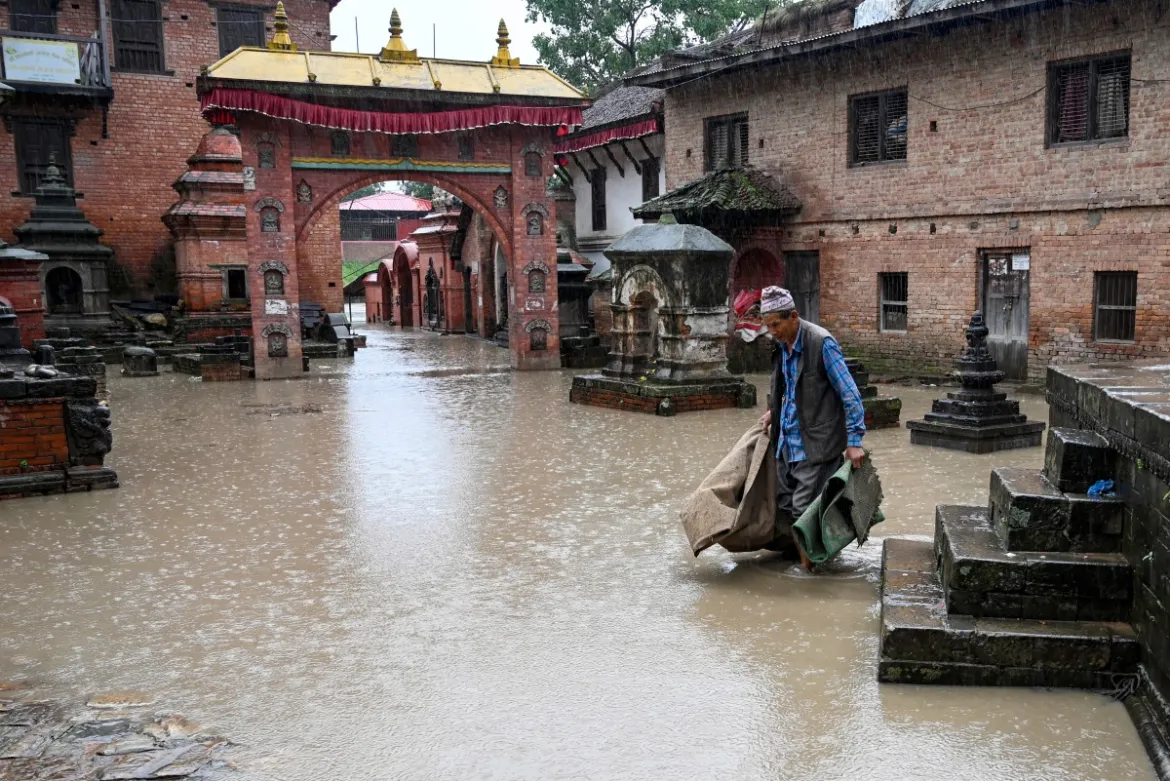Record Heat in Asia Tests Renewable Energy Systems, Highlights Need for Backup Supply

Singapore – The recent record-breaking heatwave across Asia has put the region’s surging renewable power fleet to the test, emphasizing the importance of backup supply, transmission system upgrades, and tariff reforms to ensure reliability and prevent a slowdown in the adoption of green energy.
Late April saw temperatures surpass 40 degrees Celsius in several parts of Asia, causing widespread damage to infrastructure and power outages. To meet the sudden spikes in consumption caused by the early heat, China, where renewables account for over half of the power mix, kept backup coal and gas-fired plants on standby, according to consultancy Rystad.
India’s top solar power-producing state, Rajasthan, has been receiving “early warnings” of potential technical challenges as the use of renewables increases, as stated by a federal power ministry official. However, improving grid reliability would require costly upgrades. Wood Mackenzie, a consultancy, predicted that transmission and distribution network improvements alone could cost at least $2 trillion over the next decade in the Asia-Pacific region.
In response to the higher power demand caused by heatwaves, India is extending the lifespan of coal-fired power plants, and China is constructing new ones to ensure an adequate backup supply. However, without regulations and policy reforms, this approach may lead to increased emissions.
“Heatwaves are kind of the start of a vicious cycle downwards. You’re creating climate change, and then you’re causing more demand for energy, and then it’s creating more climate change,” explained Malavika Bambawale, APAC managing director at Engie’s sustainability division Engie Impact.
One obstacle in Asia is the absence of tariff structures that incentivize operating coal or gas-based power plants only during peak hours. This may result in grid operators relying on fossil fuel plants as much as possible. Lauri Myllyvirta, lead analyst at the Centre for Research on Clean Energy and Air, warned that without proper tariff structures, renewable energy adoption could slow down. Additionally, solar and wind power, which are subject to weather conditions and cannot be ramped up or down quickly, pose challenges for grid regulators.
To address these issues, China and India are exploring ways to incentivize flexible generation. India recently announced plans to reduce power tariffs during the day when solar power is abundant and increase them during peak night hours from April 2024.
While green energy capacity in Asia has been growing rapidly, the inconsistent nature of solar power output has made it difficult to control voltage fluctuations, as experienced in India’s Rajasthan state. Renewables must remain connected and support the grid during faults, but many renewable plants struggle to comply with these requirements.
To meet increasing demand, India has ramped up local coal production and extended an emergency mandate for power plants running on imported coal. In China, the surge in renewable energy necessitates the inclusion of more flexible and fast-response power sources such as gas, pumped storage, and battery storage.
Recent power outages in various parts of Asia due to extreme heat serve as a cautionary tale. Vietnam faced blackouts as over half of the country’s installed capacity became unavailable during a heatwave, primarily due to low water levels at hydropower dams and inadequate integration of newly installed solar capacity.
One contributing factor in Vietnam was the mismatch between the location of solar farms and areas of high power demand. Pablo Hevia-Koch, head of renewable integration at the International Energy Agency, highlighted the stress this mismatch can put on the system.
The challenges faced by Asia’s renewable energy systems underscore the need for robust backup supply, transmission system upgrades, and tariff reforms to ensure the reliable and efficient adoption of green energy in the face of increasing temperatures and demand.



















Facebook Comments